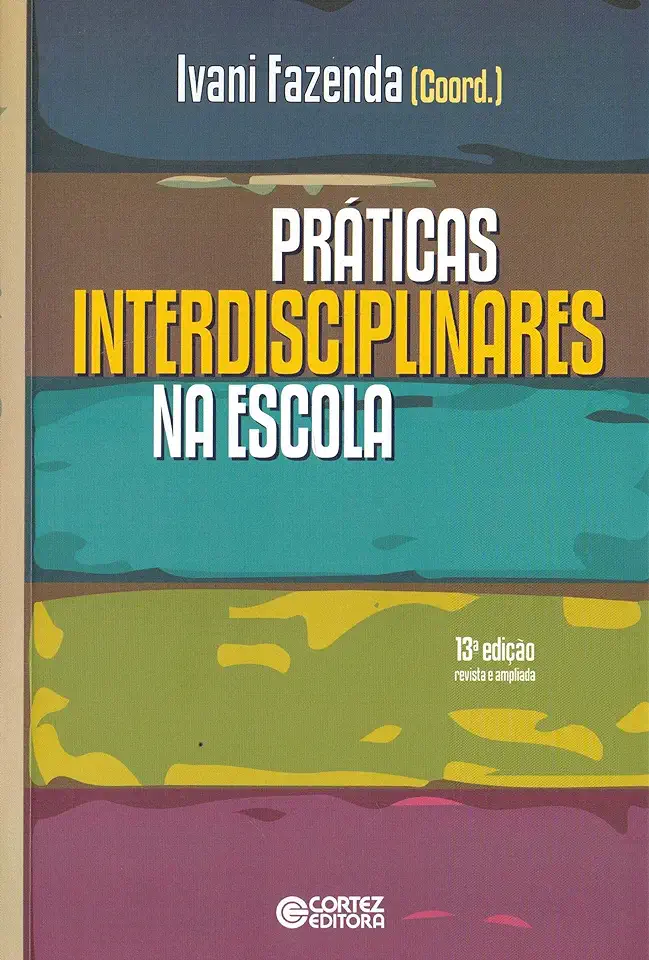
Interdisciplinary Practices in School - Ivani Fazenda
Interdisciplinary Practices in School: A Comprehensive Guide to Integrating Subjects for Deeper Learning
Introduction
In today's rapidly changing world, it is more important than ever for students to develop a deep understanding of the world around them and the ability to think critically and creatively. Interdisciplinary practices in school provide a powerful framework for achieving these goals by integrating different subjects and disciplines to create a more holistic and engaging learning experience.
Benefits of Interdisciplinary Practices
There are numerous benefits to using interdisciplinary practices in school, including:
- Deeper Learning: Interdisciplinary practices encourage students to make connections between different subjects and disciplines, leading to a deeper understanding of the material.
- Critical Thinking: Interdisciplinary practices require students to think critically about problems and issues from multiple perspectives, developing their ability to analyze and evaluate information.
- Creativity: Interdisciplinary practices encourage students to think outside the box and come up with creative solutions to problems, fostering their imagination and innovation.
- Collaboration: Interdisciplinary practices require students to work together in teams to complete projects, developing their communication and collaboration skills.
- Real-World Relevance: Interdisciplinary practices connect learning to real-world problems and issues, making it more relevant and engaging for students.
Implementing Interdisciplinary Practices
There are many different ways to implement interdisciplinary practices in school, including:
- Project-Based Learning: Project-based learning is a teaching method that allows students to learn by working on real-world projects that integrate multiple subjects and disciplines.
- Problem-Based Learning: Problem-based learning is a teaching method that allows students to learn by solving real-world problems that integrate multiple subjects and disciplines.
- Inquiry-Based Learning: Inquiry-based learning is a teaching method that allows students to learn by investigating and exploring real-world questions that integrate multiple subjects and disciplines.
- Service-Learning: Service-learning is a teaching method that allows students to learn by engaging in community service projects that integrate multiple subjects and disciplines.
Conclusion
Interdisciplinary practices in school provide a powerful framework for creating a more holistic and engaging learning experience for students. By integrating different subjects and disciplines, students can develop a deeper understanding of the world around them, think critically and creatively, and collaborate effectively with others. If you are looking for a way to improve the quality of education for your students, I highly recommend adopting interdisciplinary practices in your school.
Call to Action
If you are interested in learning more about interdisciplinary practices in school, I encourage you to purchase my book, "Interdisciplinary Practices in School: A Comprehensive Guide to Integrating Subjects for Deeper Learning." This book provides a comprehensive overview of interdisciplinary practices, including the benefits, challenges, and strategies for implementation. It is a valuable resource for educators who are looking to improve the quality of education for their students.